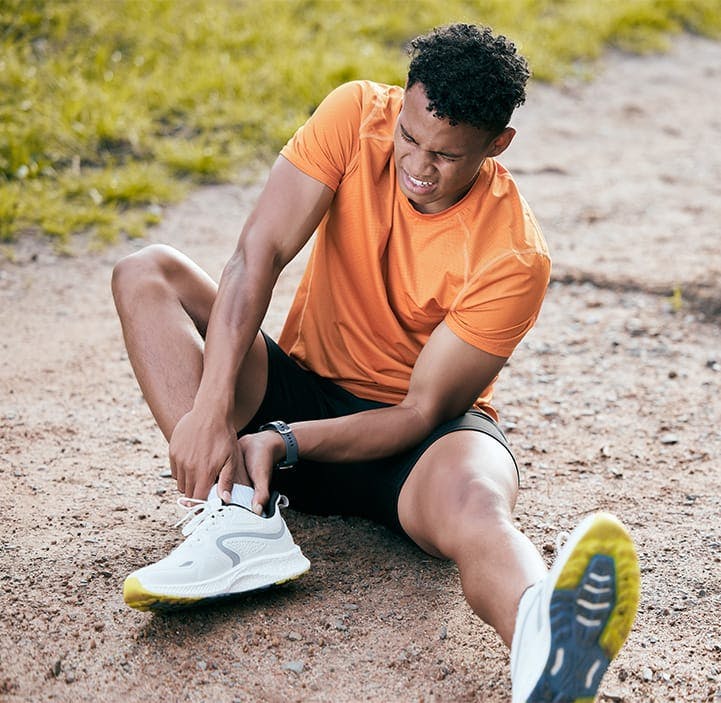Athletes put a great deal of “wear and tear” on their bodies, resulting in knee, hip, shoulder, and other joint replacements. Athletes experience injuries frequently, but rarely do they sustain an injury that puts their lives in jeopardy. When such an injury occurs, you may have no idea who to turn to for guidance.
If you or a loved one have sustained a sports accident due to someone else’s fault, do not hesitate to contact our legal team. Our California sports accident lawyer at Bamieh & De Smeth can help your loved one recover the compensation that he or she deserves.





